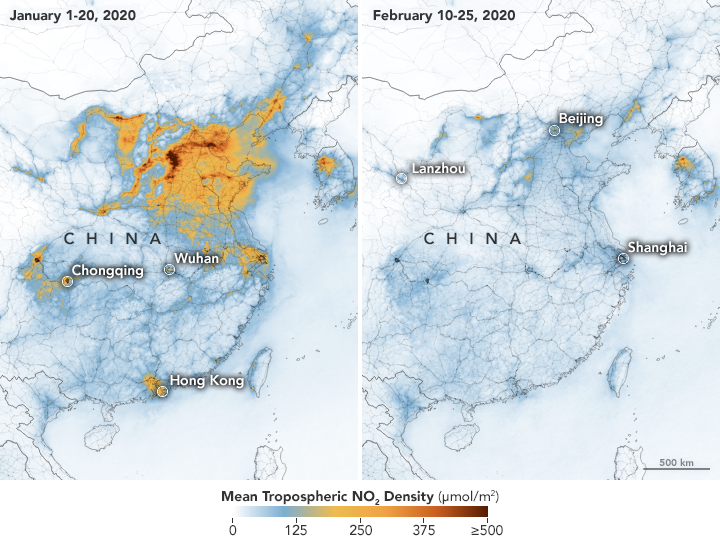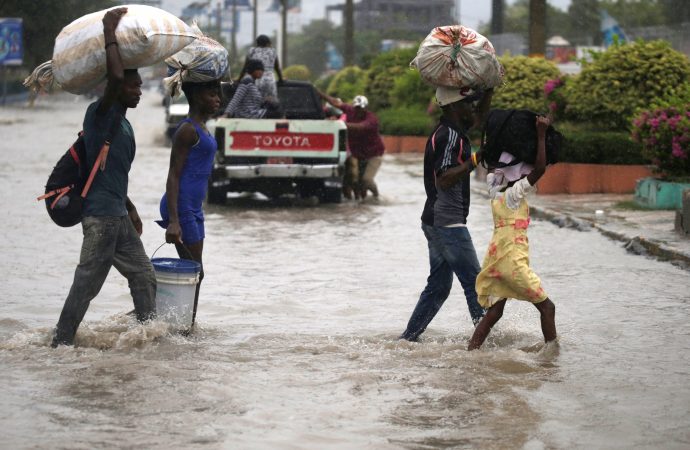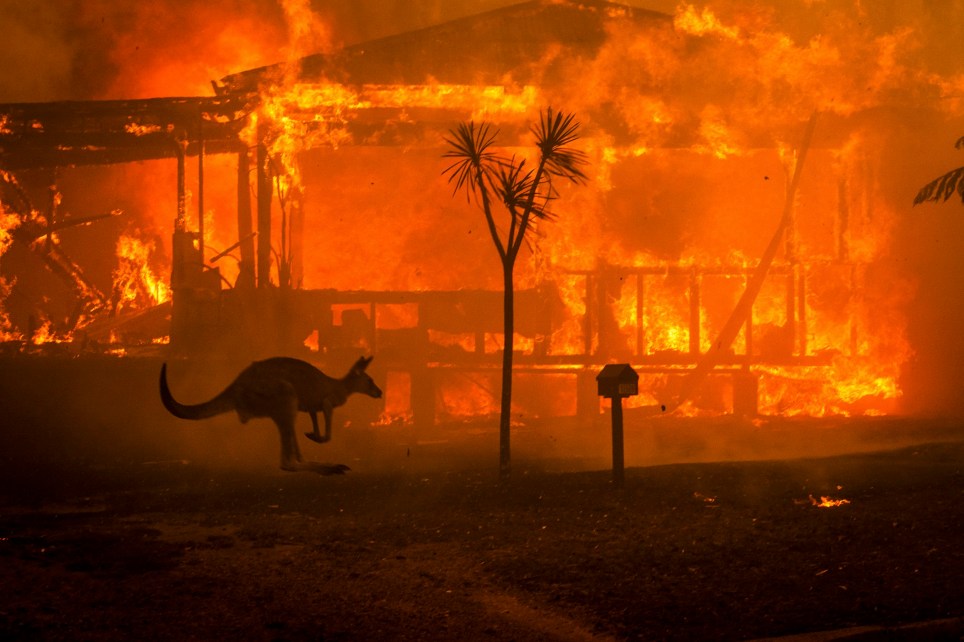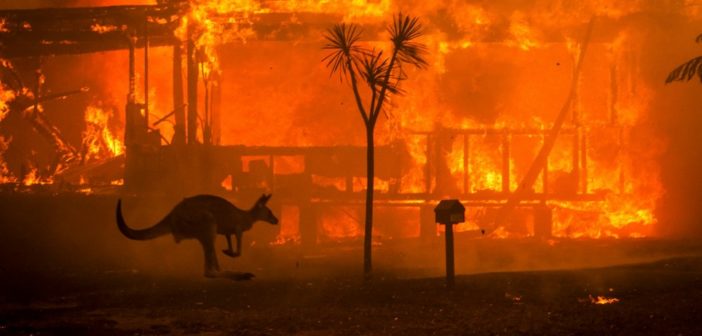By: Mariana Navarrete, Contributing Writer
Since the COVID-19 pandemic has slowed down overall human activity, there have been hopeful claims this has helped the land, air, and seas to regenerate and recover, slowing down climate change. Nonetheless, the unsustainable slowing down of human activity might present further consequences for the environment and the human population.
A study by the Integrated Carbon Observation System shows that in April 2020, there were 17 percent less daily global carbon emissions in comparison to April 2019 emissions. However, as countries lifted their lockdowns and travel bans, in June there was a 5 percent rebound. As soon as people began to use their cars, travel more, and fossil fuel-emitting factories reopened, daily global carbon emissions started to return to pre-pandemic levels.
For instance, according to National Geographic, China has the same air pollution levels as before the COVID-19 outbreak. China’s air pollutants significantly decreased during its lockdown and travel bans. Nevertheless, the advancement of better air quality made during the Chinese lockdown has been almost erased.

NASA satellite image comparing China’s air quality in January and March, reflecting the impact of the lockdown on air quality.
Saint Leo University’s adjunct professor of Evaluating Global Warming, Mark Barcelo, claims that the virus has directed people’s lives. People nowadays revolve around evading the virus without environmental consciousness. The virus has kept people mostly indoors, with virtual learning, online selling, online shopping, and online entertainment at rates never seen before.
Barcelo questioned, “How long is it going to take us to return to normal? Or is this going to be the new normal, and when are we even considering the environment?”
COVID-19 led to a world economic crisis. Governments worldwide want to reactivate their economies as soon as possible and at any cost.
The United States in March declared a national emergency due to the COVID-19 outbreak. This declaration gives the President extra power, lifting several legal limits to his authority. In June, President Trump released an executive order that limited the states’ ability to block the construction of energy infrastructure projects and suspend air and water pollution regulations. Those orders are meant to reactivate the country’s economy through the fossil fuel industry.

Floods in Haiti and the Dominican Republic added to the COVID-19 health crisis with new water-related diseases and deaths.
This rolled back the Executive Order 12088—Federal Compliance with Pollution Control Standards. Environmental groups, tribal activists, and neighborhoods have legally used this executive order in lawsuits to delay or block infrastructure, mining, logging, fracking, and drilling projects that affect the air, land, and water quality in their residential areas.
Saint Leo’s professor of Biology and Ecology, Dr. Christopher Miller, claims that switching from fossil fuels to renewable energy is difficult for worldwide political and economic systems. However, Miller highlights that switching to renewable energy is going to be far less painful than the effects of climate change.

Nearly 500,000,000 animals have been killed in Australia’s wildfires.
“We have the resources, we have the money, we just don’t have the political will. In the long run, climate change is much more of a threat than COVID-19, if you look at how many people will be affected,.” said Miller.
The Amazon in Brazil and Bolivia is still burning due to deforestation, sickening many of their residents’ lungs. In Australia, researchers have found that human-caused climate change played a significant role in the ignition of its wildfires that lasted from September 2019 until March 2020. Worldwide, fires have affected Siberia, Indonesia, and Argentina. In the U.S., fires have been extending through vulnerable areas in California, Oregon, and Washington.

A group called Californians Against Fracking protests outside a state-run aquifer exemption workshop in 2015. The workshop was aimed to help oil companies get federal permission to dump waste fluid into California’s underground water.
While some parts of the world are burning, others are drowning. Floods have affected Americans in Texas, Louisiana, Washington DC, and Maryland. Sudan, Haiti, the Dominican Republic, the United Kingdom, and Pakistan have also been hit. In July, a quarter of Bangladesh was flooded, displacing millions of people from their homes.
As the world’s economies reactivate, simultaneously, natural disasters will occur. It is one’s decision to turn to the blindside.





